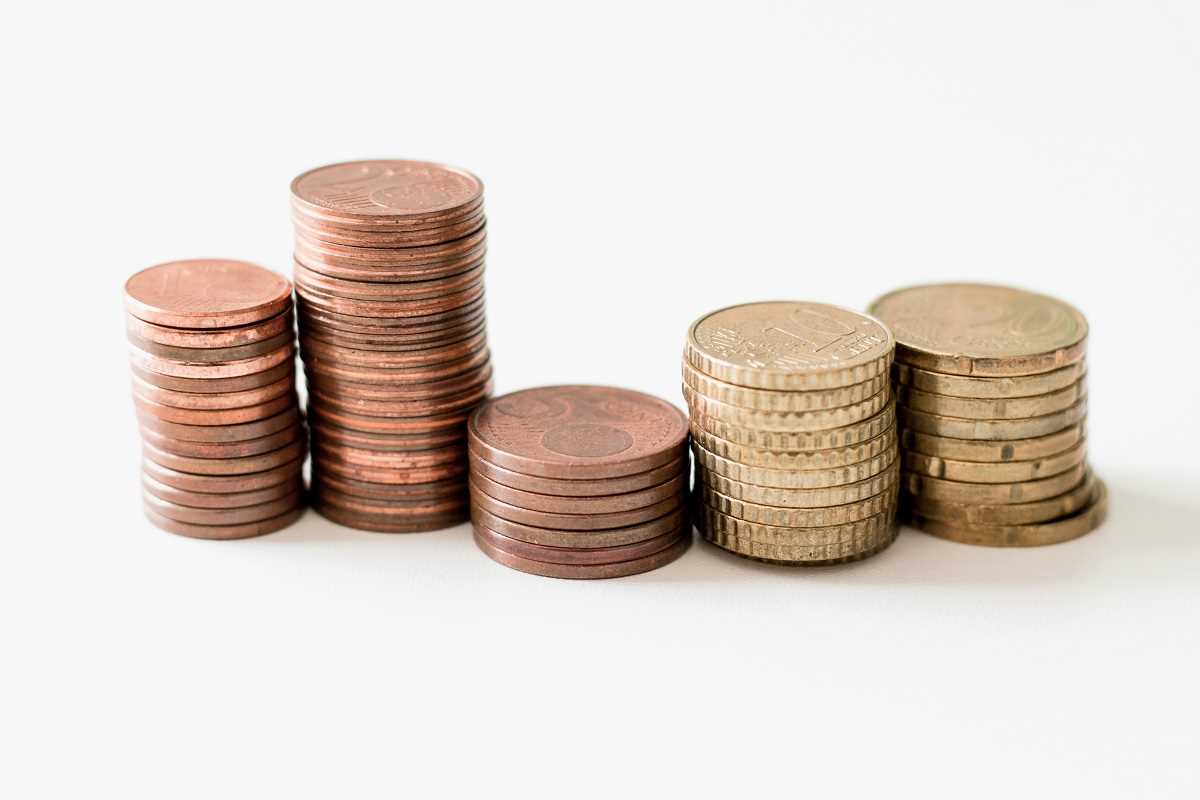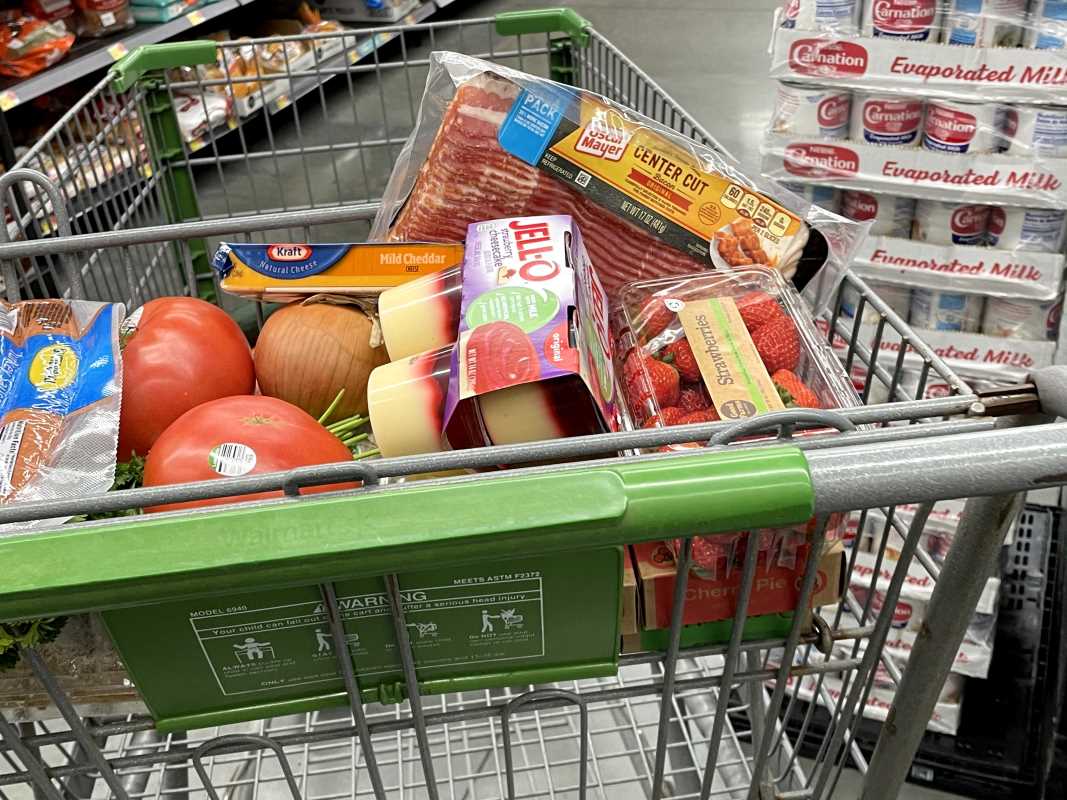With the rise of viral, user-friendly systems, managing money has never been more accessible or engaging. These simple budgeting methods have taken off in 2025 because they adapt to modern spending habits while being easy to understand and follow. Apps, challenges, and creative formats are helping people of all ages, especially younger generations, take control of their finances without feeling overwhelmed. This guide dives into some of the most popular budgeting systems going viral this year, explains what makes them effective, and provides practical ways to try them yourself. If you’re new to budgeting or looking for a refresh, these trending systems might be just what you need.
The Envelope System Goes Digital
The classic envelope budgeting system has been around for decades, but it’s making a comeback thanks to digital innovation. Traditionally, people would divide their cash into physical envelopes labeled with categories like groceries, bills, and entertainment. Once the envelope was empty, spending in that category stopped until the next cycle.
Now, digital versions of this system are trending with apps like Goodbudget and Qube Money. Instead of physical envelopes, these apps use virtual categories that track spending automatically. If you allocate $200 to your “groceries” envelope, the app alerts you when you’re close to your limit.
This modern spin works for 2025 because fewer people use cash and most transactions happen digitally. By making the system virtual, users can still manage their spending in a highly visual and intuitive way, even with debit and credit cards.
The 50/30/20 Strategy
The 50/30/20 rule remains one of the simplest and most effective frameworks for budgeting. It divides your income into three main categories:
- 50% for needs (like rent, food, and utilities).
- 30% for wants (fun stuff like dining out or hobbies).
- 20% for savings and debt repayment.
What’s making this system viral in 2025 is the rise of interactive budgeting calculators and apps that automate the process. Tools like Mint and YNAB (You Need a Budget) now integrate the 50/30/20 rule into their platforms, letting users see exactly how their spending aligns with the formula.
This system is trending because it’s incredibly adaptable. Someone with a limited income can tweak the percentages, like allocating 60% for necessities and reducing the wants category. It’s also beginner-friendly since the plan is straightforward and doesn’t require heavy math skills.
The Zero-Based Budget
The zero-based budgeting method ensures every dollar has a purpose. By the end of each month, your income minus your expenses and savings goals should equal zero. Unlike other systems that allow leftover cash, this approach forces detailed planning since every cent is accounted for.
Apps like EveryDollar and budgeting spreadsheets customized for zero-based planning have popularized this method in 2025. Many users love the sense of control and clarity it provides, especially those focused on paying off debt. The system breaks down large financial goals into smaller, manageable chunks by showing exactly where every dollar is going.
If your income is $3,000 this month, you’d assign exact amounts to rent, bills, groceries, savings, and leisure until all $3,000 is accounted for. It removes the guesswork and makes tracking progress simple.
Viral “No-Spend” Challenges
A burst of creativity in 2025 has turned budgeting into a social and entertaining activity. No-spend challenges, where participants commit to not spending money on non-essential items for a set period, have exploded in popularity. These challenges are common on platforms like TikTok, where users post their progress and share tips for staying on track.
Some challenges focus on specific categories, such as no dining out for a month, while others aim to avoid spending money completely except on absolute necessities. The appeal lies in its gamified approach; people love tracking their streaks, celebrating milestones, and feeling part of a larger community.
Apps like Habitica and social budgeting forums now include features allowing groups to join challenges together, fostering accountability. It’s a great way to reset spending habits without long-term commitment.
Pay Yourself First
The “pay yourself first” system flips traditional budgeting on its head. Instead of waiting to see what’s left over for saving, users set aside a specific percentage of their income for savings and investments before covering expenses.
If you earn $4,000 per month, you commit to saving $600 (15%) right off the top. The remaining $3,400 is then divided among bills, groceries, and discretionary spending.
This method has gained traction in 2025 because of its simplicity and effectiveness in building financial security quickly. Automated savings apps like Digit and Acorns make following this plan effortless. These apps pull small amounts from your checking account into savings or investment accounts regularly, so you don’t even notice the money leaving.
It’s ideal for people who struggle to prioritize savings or feel tempted to overspend, as it shifts saving from an afterthought to a proactive habit.
“Round-Up” Savings Programs
People often underestimate small contributions when budgeting. Round-up programs, however, have gone viral for showing how pocket change can lead to big results. These programs automatically round up every transaction to the nearest dollar and deposit the spare change into a savings account.
If you buy coffee for $3.75, the app rounds it up to $4.00 and saves $0.25. Apps like Acorns and Chime offer these features, helping users build savings without much effort.
This trend resonates in 2025 because many younger users, especially Gen Z and Millennials, appreciate hands-off approaches to saving. Instead of dedicating large amounts of income upfront, these micro-transfers build savings gradually and feel less overwhelming.
Budgeting Through Social Communities
Social media has completely transformed budgeting into a more interactive and engaging experience. Online groups and forums on Reddit, TikTok, and Facebook focus heavily on financial planning tips, creating a sense of camaraderie among users.
Viral hashtags like #BudgetTok feature tutorials on setting up digital spreadsheets, completing monthly money challenges, and reviewing apps. These communities celebrate small wins, such as saving $100 in a week or paying down a credit card balance.
Being part of a supportive group creates accountability and motivation for sticking to financial goals. Sharing progress in these communities often leads to discovering new strategies, making budgeting feel less isolating.
The Envelope 2.0
Traditional systems, previously limited by physical cash envelopes, have evolved. Modern budgeting apps now feature digital envelope systems that refine spending categories by connecting directly to bank accounts. Users allocate spending balances online, instantly reflecting completed transactions and current savings.
This digitization makes the envelope concept versatile and aligned with today’s digital banking trends. Instead of worrying about carrying actual envelopes full of cash, users can pay with cards while still following the system’s divide-and-conquer structure.
 (Image via
(Image via





